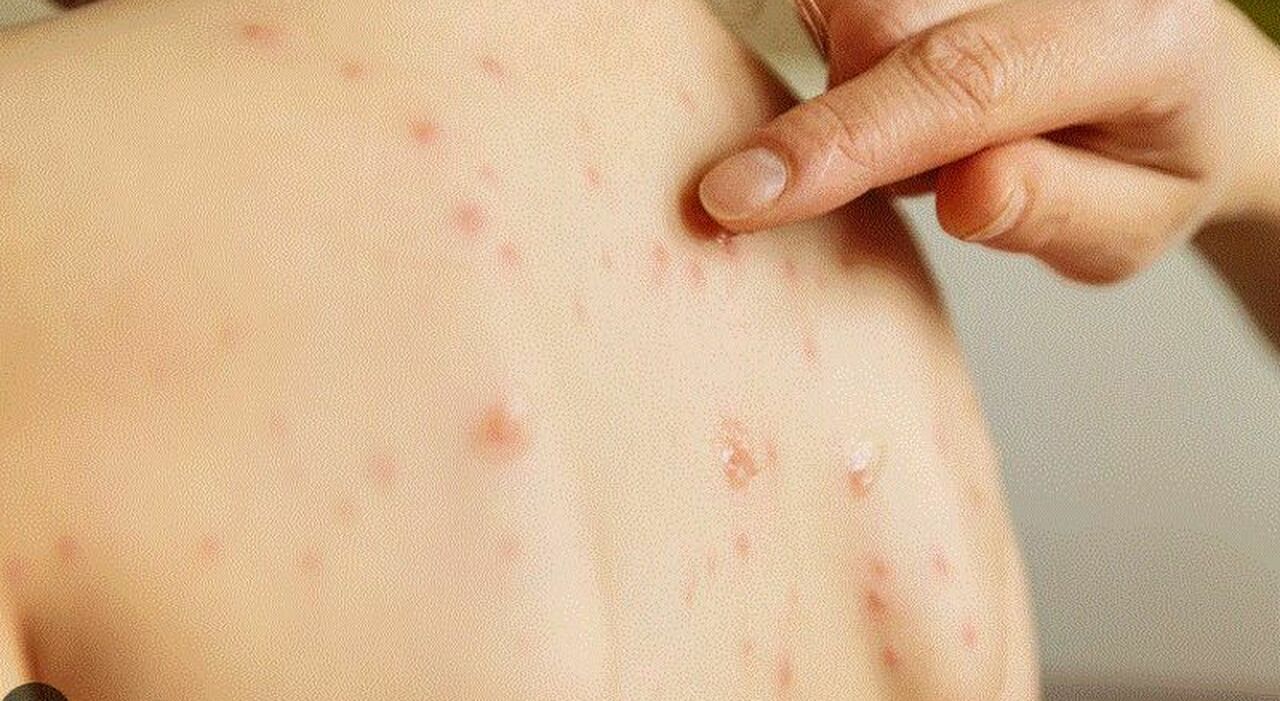There is a boom in cases of scarlet fever in Italy. For months now, pediatricians have sounded the alarm, underlining that this phenomenon is also caused by Covid: the various restrictions necessary to contain the health emergency have also limited the circulation of other viruses and bacteria, such as scarlet fever, thus “distraining” the immune system, especially of the little ones.
Antibiotics beaten by ever smarter viruses. When and how should they be taken?
Who hits
There has been an increase in group A streptococcus (GAS) infection, which can cause mild forms of the disease such as tonsillitis, pharyngitis, but also scarlet fever, in some European countries. A detailed picture of the situation in Italy was provided by a circular from the Ministry of Health. in which we can read that “at a national level there is an increase in cases of scarlet fever starting from January 2023 ” and the people most affected are above all children under the age of 15.
Group A streptococcus (GAS) is considered the most common cause of bacterial pharyngotonsillitis in school-age children, but it can also affect younger children. “In rare cases, GAS bacteria can cause a serious infection known as invasive GAS disease (iGAS)”, underlines the ministry which reports that “children who have had viral infections such as chickenpox or flu are at greater risk of developing an iGAS infection».
Symptoms
Scarlet fever is therefore easily treated with antibiotics. The important thing is to notice the symptoms early in order to be able to intervene. So here comes the guide of the Ministry of Health which has provided indications on how to recognize the symptoms, what are the treatments to be adopted and how to prevent contagion.
Scarlet fever is a disease caused by infection with the group A beta-hemolytic streptococcus bacterium (Streptococcus pyogenes). The typical appearance of red spots on the body (exanthema), a typical disorder of the disease, is caused precisely by the release of a toxin produced by the bacterium. The disease mainly affects children between the ages of 2-8 and the period of greatest contagion in Italy runs from December to April. The transmission of scarlet fever occurs through contact with mucus and saliva and the bacterium has an incubation of between 2-5 days. Symptoms usually appear within a week of being infected. The first signs are:
sore throat;
heachache;
general malaise;
fever above 38°C with swollen lymph nodes in the neck;
Rash.
The bubbles
The rash usually begins on the chest, back and belly, and then spreads to the limbs. It is easy to distinguish it from chickenpox and measles as it is made up of pinkish-red spots that can come together and disappear by pressing a finger on it, only to reappear when it is removed. In the skin folds (armpits or elbows), the redness may be more evident and the skin feels rough to the touch. The face, on the other hand, if affected by the rash, can become very red, as after having taken a lot of sun, with the exception of the area around the mouth which remains pale. Sometimes even the tongue can be covered with a white patina which, after a few days, disappears leaving the tongue red and with swollen papillae, more commonly referred to as “strawberry tongue”.
Cure
Scarlet fever is easily cured through antibiotic therapy prescribed by the pediatrician which can be combined with the administration of paracetamol (tachipirina) or ibuprofen in case high fever appears.
It is usually recommended to drink plenty of fluids and rest. You should therefore not be frightened if symptoms appear: scarlet fever is no longer dangerous but it is important to treat it within 10 days of onset to avoid complications such as abscesses or immune-mediated reactions, which can cause rheumatic disease, carditis, glomerulonephritis and post-streptococcal arthritis .
Prevention
Finally, the Ministry of Health has provided some useful guidelines for the prevention of scarlet fever infection. Scarlet fever is contagious from the time the symptoms appear until about 24 hours after the start of antibiotic therapy, and it is therefore advisable that until then you stay at home without going to school or work. Furthermore, given that the infection occurs through the diffusion of the microdrops expelled during coughing and sneezing, it is advisable to cover the nose and mouth when coughing and sneezing, throwing away the tissue immediately afterwards. Furthermore, it is necessary to provide adequate ventilation of the internal environments and follow good hand hygiene, washing them frequently with soap and water, not sharing towels, sheets, utensils and other personal items with people with scarlet fever. Finally, schools where GAS infections are reported should perform cleaning and disinfection of toys and frequently touched surfaces by pupils.
